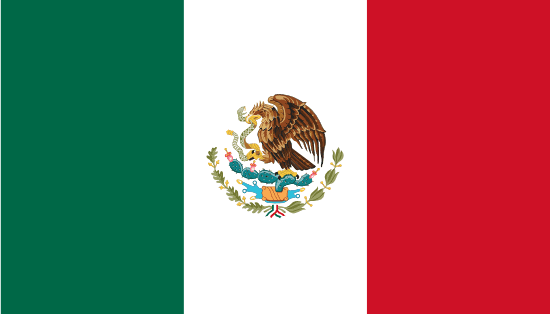"La ciudad de la eterna primavera | The city of eternal spring"
About:
Cuernavaca, Mexico, was established by the Olmec, "the mother culture" of Mesoamerica, around 3200 years ago. It was later conquered by the Aztecs and then the Spanish, becoming a popular retreat for Aztec emperors and Spanish conquerors. Post-independence, it served as a key site in the Mexican Revolution. Today, Cuernavaca is known for its rich history, temperate climate, and as a center for language studies.
When to visit:
Cuernavaca, known as the "City of Eternal Spring," offers pleasant weather throughout the year due to its location in a subtropical climate zone. The best time to visit this Mexican city on a holiday would be during the dry season, which typically spans from November to April. This period offers sunny days, moderate temperatures, and lower chances of rain, ideal for exploring Cuernavaca's charming streets and historical sites. However, keep in mind that this popular tourist destination might be busier during peak travel months, so plan your trip accordingly.
When to avoid:
Cuernavaca, known for its pleasant year-round climate, experiences the worst travel conditions during the rainy season from June to September. This period is characterized by frequent downpours, high humidity levels, and the possibility of tropical storms. Travelers should be prepared for potential disruptions to outdoor activities and sightseeing due to inclement weather. To avoid the unfavorable conditions, it is advisable to plan your visit to Cuernavaca outside of the rainy season for a more enjoyable and seamless holiday experience.
Rainy Season (Jun–Oct)
Cuernavaca, Mexico, experiences its wettest season from June to October. Daily temperatures range from 20°C to 28°C, slightly cooler than other months. Rainfall is significant, averaging 200-250mm monthly. Cloud cover is prevalent, reducing sunlight hours to 5-6 per day. Mornings often start sunny with clouds accumulating towards afternoon, resulting in heavy showers or thunderstorms. Despite the rain, the city remains vibrant, with lush greenery and fewer tourists. Visitors should be prepared for sudden downpours and pack waterproof clothing.
"Summer (April–October)"
In Cuernavaca, Mexico, the warmest part of the year typically spans from March to May, with the highest average temperature reaching around 33°C (91°F) in April. During this period, rainfall is minimal with May marking the beginning of the wet season. The city receives an average of 7 to 8 hours of sunlight per day, providing plenty of opportunities for outdoor activities.
Humidity levels range from 30% to 70%, but the heat can make it feel more humid than it actually is. The sky is usually partly cloudy, with cloud cover ranging from 30% to 50%.
A typical day for a visitor during this time would start with a warm, bright morning. As the day progresses, the temperature rises, reaching its peak in the early afternoon. Despite the heat, the partly cloudy sky provides some respite. Evenings are slightly cooler, making it a pleasant time for leisurely walks or dining outdoors. Despite the warmth, it's advisable to stay hydrated and wear sun protection due to the strong sun and heat.
Language:
In Cuernavaca, the most commonly spoken language is Spanish, as it is the official and predominant language of Mexico. However, given its status as a popular location for language study, English is also frequently heard. Additionally, Nahuatl, an indigenous language of Mexico, is spoken by a smaller portion of the population.




